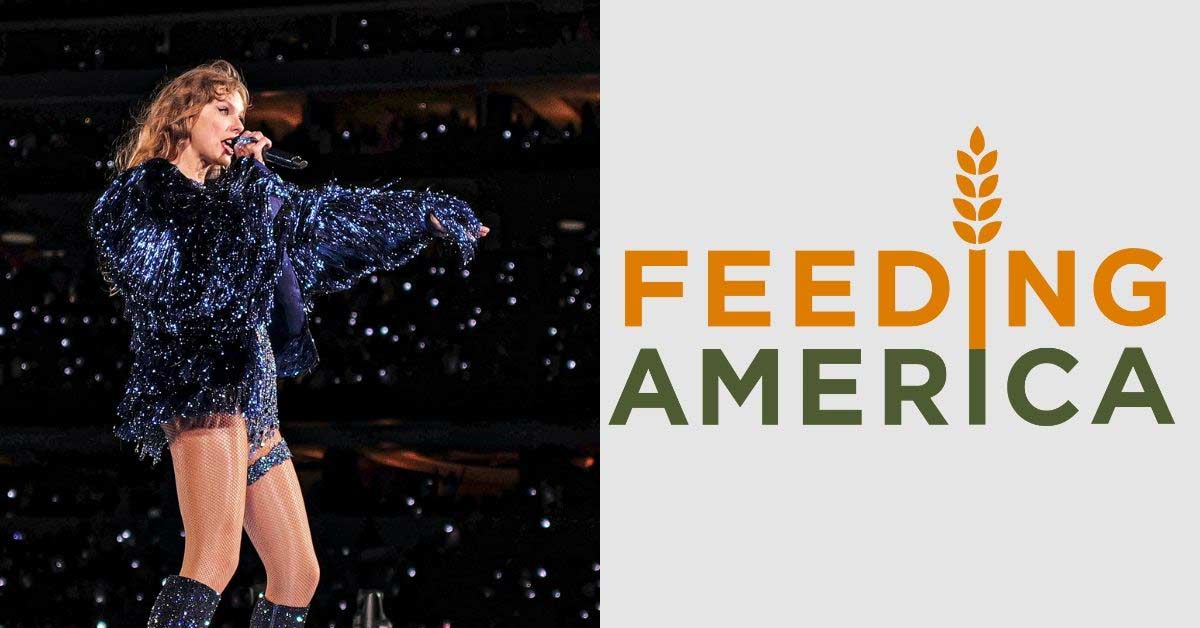Eight in 10 people see climate change as a “major threat” to their country, according to a 2018 Pew Research Center survey. We know food production is responsible for one-quarter of the world’s greenhouse gas emissions, according to data published in the journal Science.
“Eating local” is a common piece of advice, but research shows that while reducing your food’s transport distance does indeed reduce your carbon footprint, better advice would be to pay special attention to what you’re eating, not where it’s from.
Greenhouse gases from transportation make up just a small portion of the emissions from food. Other sources of greenhouse gases include land use, farming, animal feed, processing, retail, and packaging. In fact, land use and farm-stage emissions account for more than 80 percent of the footprint for most foods, according to Science.

And there are massive differences between foods: For example, producing a kilogram of beef emits 60 kilograms of greenhouse gases, whereas peas emits just 1 kilogram.
Animal-based foods tend to have a higher carbon footprint than plant-based foods, and among meats, poultry and pork have lower carbon footprints but are still higher than most plant-based foods.
Whether meat products are farmed and processed locally or shipped from the other side of the world generally matters very little for total emissions because the products are such high greenhouse gas emitters to start.
A study in Environmental Science & Technology showed that substituting less than one day per week’s worth of calories from beef and dairy products to chicken, fish, eggs, or a plant-based alternative reduces greenhouse gas emissions more than buying all your food from local sources.
Reducing meat consumption is also more sustainable than meat alternatives in most scenarios.

The data is clear: If you want your diet to play a part in preventing further damage to our planet, you are far better off eating plants than meat, regardless of where your meat is from.
This article was originally published in The Food Edition of the Goodnewspaper: the monthly print newspaper filled with good news. This issue first ran in August 2020. You can get your own Goodnewspaper by becoming a subscriber.
Header illustration by Carra Sykes for the Goodnewspaper.





